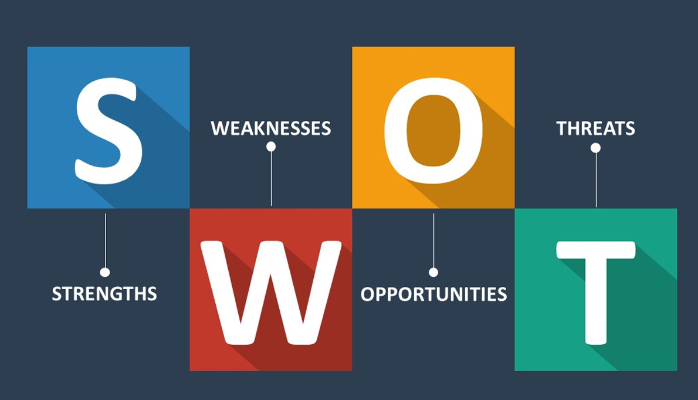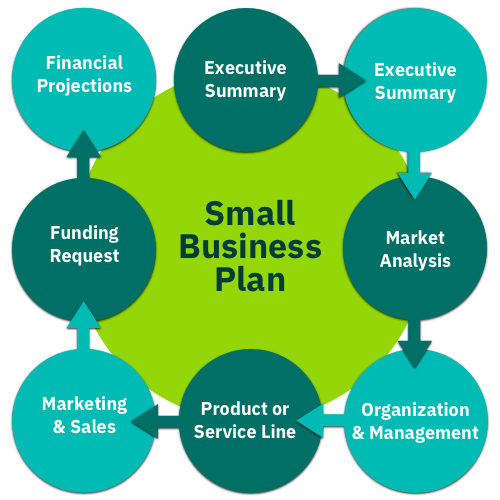Have you ever wondered where your business should go next? Navigating the market can be a maze filled with twists and turns, but conducting a Market Opportunity Analysis can illuminate the path ahead. This analysis isn’t just another business jargon—it’s a crucial tool that helps businesses identify potential opportunities in the market.
This article will explore a market opportunity analysis, why it’s essential, and how it can propel your business toward success. Buckle up; we’re diving into the world of market dynamics!
What is Market Opportunity Analysis?

At its core, a Market Opportunity Analysis (MOA) is like a compass for your business. It involves evaluating various market segments to determine the most promising avenues for growth. Companies can pinpoint opportunities that align with their strengths and capabilities by analysing current market trends, consumer behaviour, and the competitive landscape.
The Importance of Market Opportunity Analysis

Why should you invest time and resources into conducting a market opportunity analysis? Let’s break it down.
Understanding Market Trends
Understanding market trends is crucial for staying relevant. The market is ever-evolving, influenced by consumer preferences, technological advancements, and economic shifts. An MOA lets you keep your finger on the pulse, helping you adapt and thrive.
Identifying Target Markets

Have you ever launched a product that didn’t resonate with your audience? Identifying target markets is essential. An MOA helps you find the sweet spot—those potential customers eager for what you offer.
Assessing Competitive Landscape
In business, knowledge is power. Assessing the competitive landscape can help you identify your competitors’ strengths and weaknesses, allowing you to position yourself strategically in the market.
Analysing Customer Needs and Preferences

Customers are at the heart of any successful business. Understanding their needs and preferences is vital for product development and marketing strategies. An MOA provides insights into your customers’ wants, ensuring you meet their demands effectively.
Tools and Techniques for Market Analysis
Now that we understand the “why,” let’s delve into the “how.” Various tools and techniques can enhance your market analysis efforts.
Quantitative vs. Qualitative Analysis
Both quantitative and qualitative analyses play essential roles in market opportunity analysis.
- Quantitative Analysis involves numerical data, such as market size and growth rates. It provides a clear picture of potential market segments.
- Qualitative Analysis digs deeper into consumer behaviour, motivations, and preferences. It helps you understand the “why” behind the numbers.
SWOT Analysis

A SWOT Analysis (Strengths, Weaknesses, Opportunities, Threats) is a powerful tool in your analysis toolkit. It allows you to evaluate your internal capabilities and external market conditions, providing a comprehensive view of your business landscape.
Benefits of Conducting Market Opportunity Analysis
Conducting a market opportunity analysis has numerous benefits and can significantly impact your business strategy.
1. Informed Decision-Making
One of the most significant advantages of an MOA is that it empowers you to make informed decisions. With data and insights, you can confidently choose the right markets, products, and strategies to pursue.
2. Risk Mitigation

Every business decision carries risks, but an MOA helps minimise them. By thoroughly analysing market opportunities, you can avoid costly missteps and focus on the most viable options.
3. Identifying New Revenue Streams
Who doesn’t want to increase their bottom line? Conducting a market opportunity analysis can reveal untapped revenue streams, enabling you to diversify your offerings and expand your customer base.
4. Enhancing Marketing Strategies
Your marketing efforts need to resonate with your audience. An MOA provides insights into customer preferences, allowing you to tailor your marketing strategies effectively.
5. Competitive Advantage

In a competitive market, differentiation is vital. A well-executed market opportunity analysis gives you the insights needed to stand out, allowing you to capitalise on unique opportunities.
Conclusion
In conclusion, conducting a Market Opportunity Analysis is not just a box to tick off; it’s a vital practice for any business seeking growth and sustainability. By understanding market trends, identifying target markets, assessing competition, and analysing customer needs, you can make informed decisions that propel your business forward.
So, if you still need to start your market opportunity analysis journey, now’s the time! Equip yourself with the tools and insights you need to thrive in today’s dynamic market landscape.








